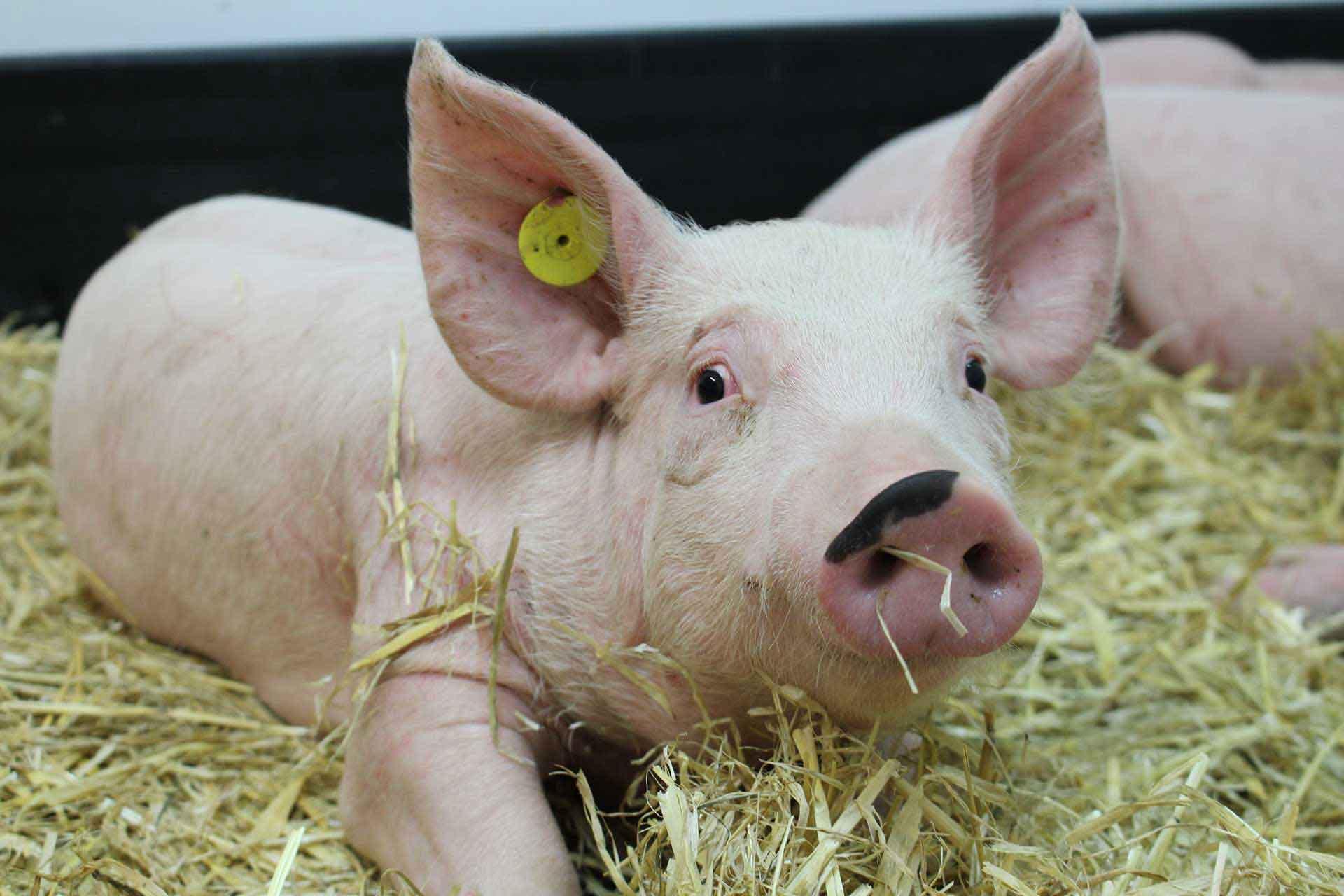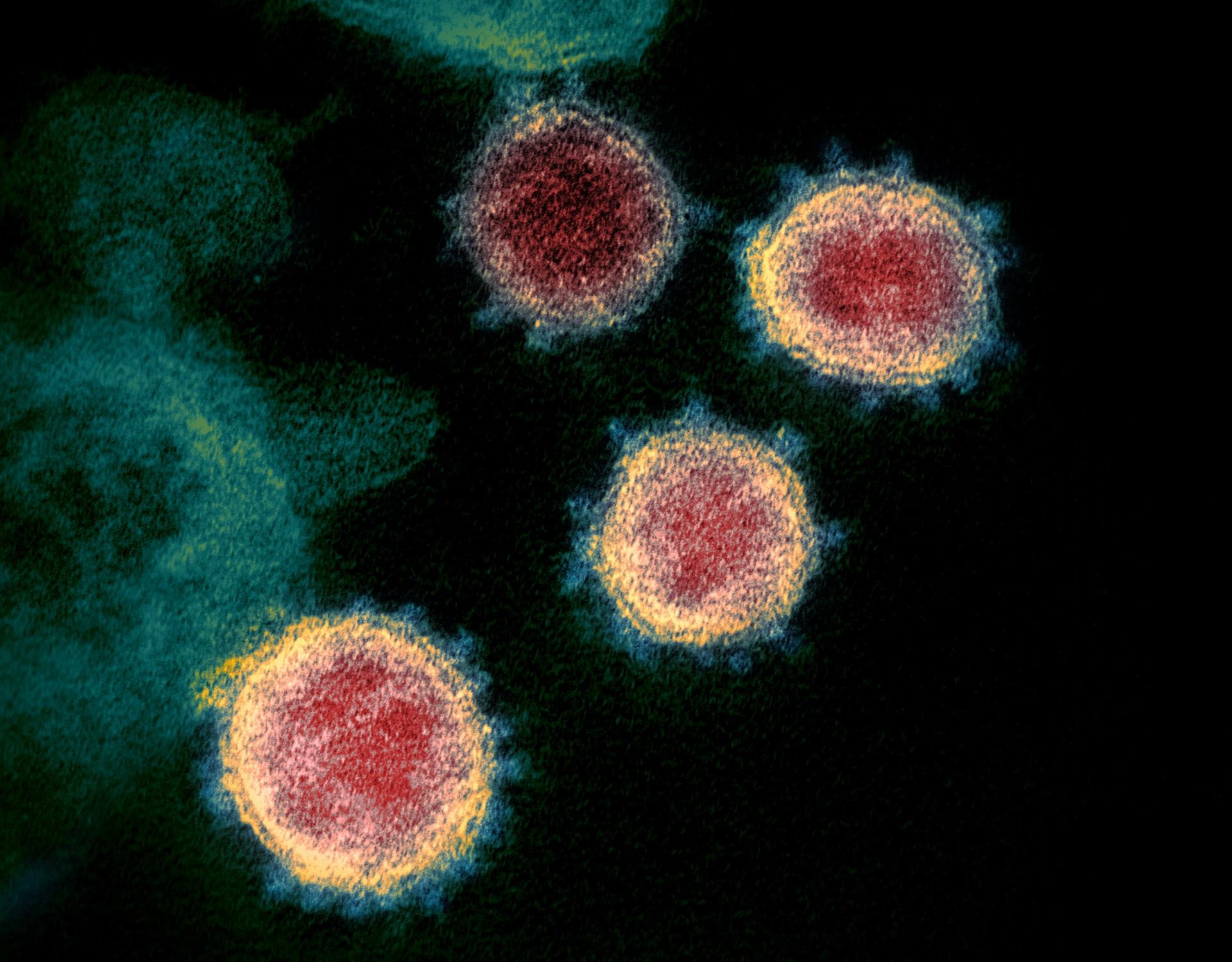Porcine respiratory coronavirus as a model for acute respiratory disease: mechanisms of different infection outcomes
Porcine respiratory coronavirus (PRCV) is a naturally occurring pneumotropic coronavirus in the pig, providing a valuable large animal model to study acute respiratory disease. PRCV pathogenesis and the resulting immune response were investigated in pigs, the natural large animal host. We compared 2 strains, ISU-1 and 135, which induced differing levels of pathology in the respiratory tract to elucidate the mechanisms leading to mild or severe disease. The 135 strain induced greater pathology which was associated with higher viral load and stronger spike-specific antibody and T-cell responses. In contrast, the ISU-1 strain triggered mild pathology with a more balanced immune response and greater abundance of T regulatory cells. A higher frequency of putative T follicular helper cells was observed in animals infected with strain 135 at 11 days postinfection. Single-cell RNA-sequencing of bronchoalveolar lavage revealed differential gene expression in B and T cells between animals infected with 135 and ISU-1 at 1 day postinfection. These genes were associated with cell adhesion, migration, and immune regulation. Along with increased IL-6 and IL-12 production, these data indicate that heightened inflammatory responses to the 135 strain may contribute to pronounced pneumonia. Among bronchoalveolar lavage (BAL) immune cell populations, B cells and plasma cells exhibited the most gene expression divergence between pigs infected with different PRCV strains, highlighting their role in maintaining immune homeostasis in the respiratory tract. These findings indicate the potential of the PRCV model for studying coronavirus-induced respiratory disease and identifying mechanisms that determine infection outcomes.

